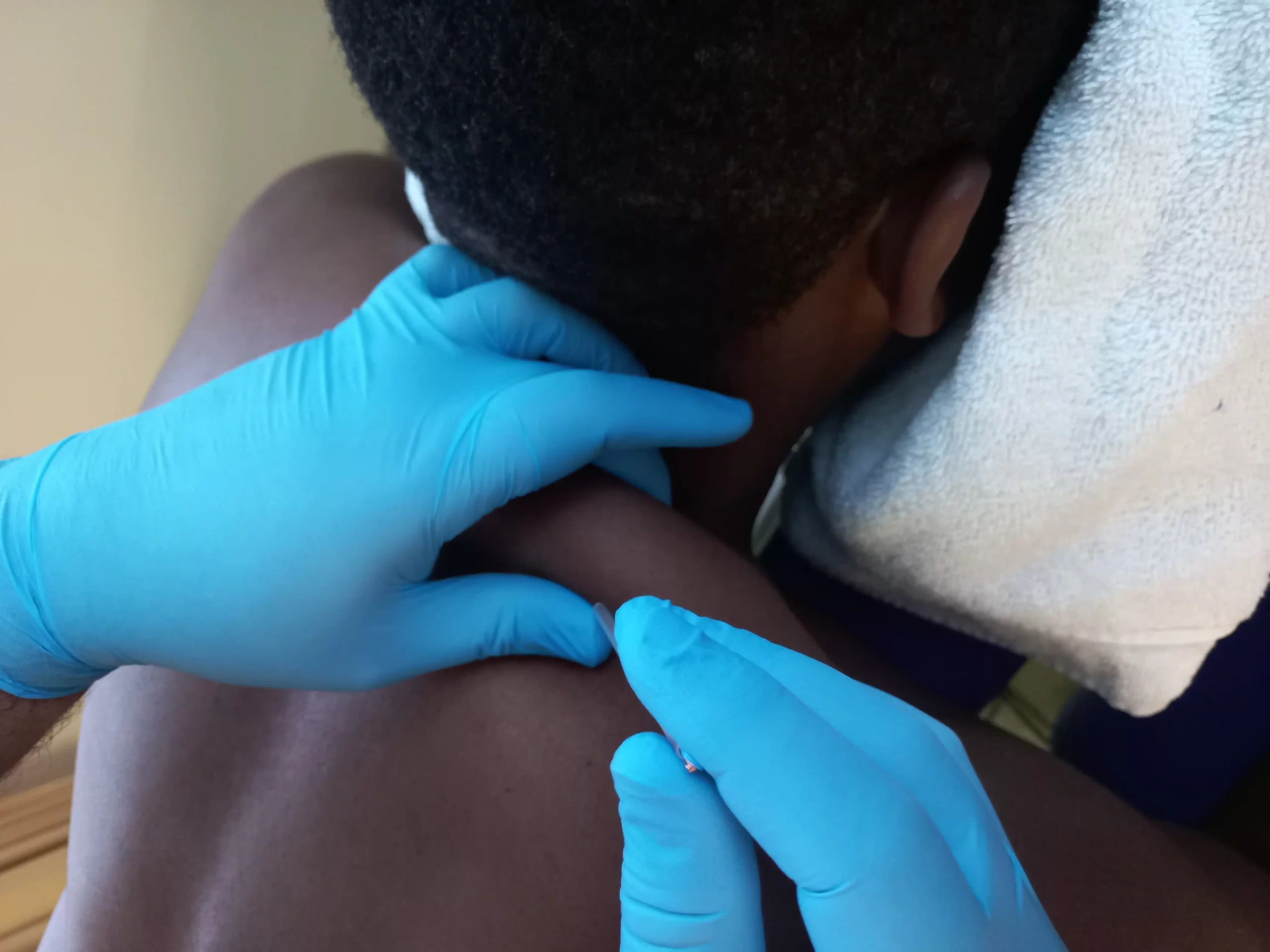Dry needling is a modern therapeutic technique used by physiotherapists to treat musculoskeletal pain and dysfunction. It involves the insertion of thin, solid needles into specific points in the muscles known as trigger points. Unlike acupuncture, which is rooted in traditional Chinese medicine, dry needling is based on Western medical principles and focuses on diagnosing and treating musculoskeletal pain through precise needle insertion.
Dry needling has evolved over the years as a minimally invasive treatment modality. Initially developed by Dr. Janet Travell and Dr. David Simons in the 1940s, it was designed to address myofascial pain syndromes by targeting trigger points in the muscles. Over time, the technique has gained popularity among physiotherapists due to its effectiveness in relieving pain and restoring muscle function.

